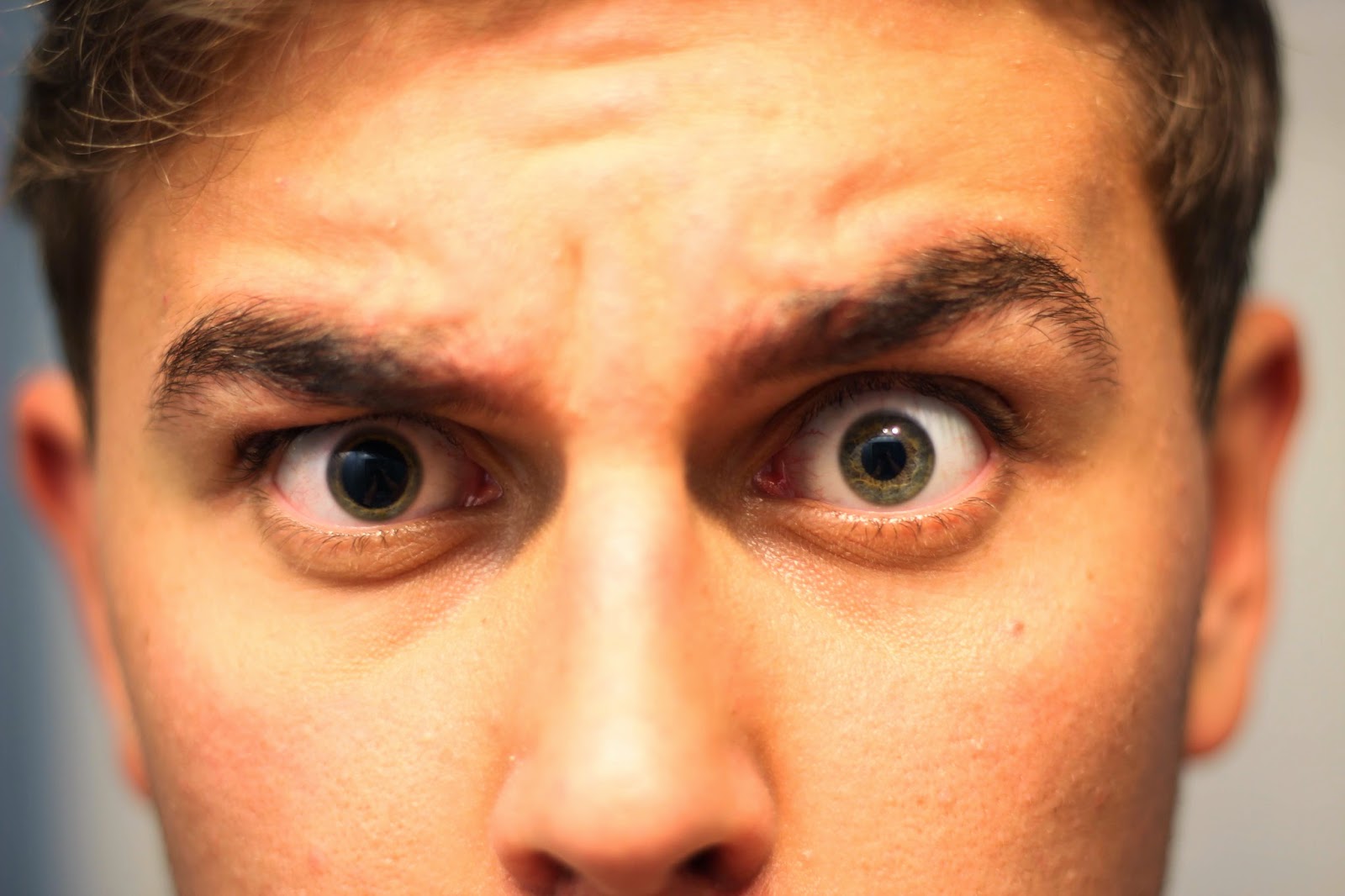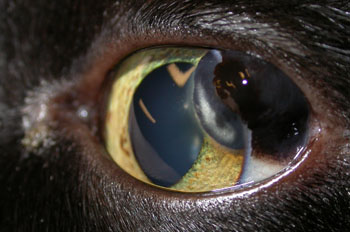

This can result in what is known as a “dynamic anisocoria” and is caused by damage along the 2nd cranial nerve. Marcus Gunn Pupil or Marcus Gunn Sign is the term given to the relative afferent pupillary defect in which the affected pupil paradoxically dilates to the light stimulus. Severe Relative Afferent Pupillary Defect: The affected pupil shows an immediate dilation to a greater size. Moderate Relative Afferent Pupillary Defect: The affected pupil shows a stable or unchanged level of constriction, followed by dilation to a greater size. Mild Relative Afferent Pupillary Defect: The affected pupil shows a weak initial constriction, followed by dilation to a greater size. No Relative Afferent Pupillary Defect: Both pupils constrict equally without evidence of pupillary re-dilation with the “swinging flashlight test,” except possibly for “hippus.” Hippus refers to non-rhythmic fluctuations in pupillary size when there is a steady illumination. Of various degrees of afferent pupillary defects, here are four examples.


If both optic nerves are dysfunctional, then there will be no relative defect detected. In the swinging light test, the difference in pupil response gives the “relative” indication of functioning of each eye and optic nerve. What is interesting is that my neurologist told me that my right pupil will even continue to dilate somewhat. This shows that there is damage to the corresponding optic nerve. When the doctor quickly moves the light to my right eye (the “bad” eye), my pupils begin to dilate since the brain thinks that less light is coming in. When the doctor shines the light in my left eye (the “good” eye), both pupils will constrict. It doesn’t register light in the same way as my left eye as the optic nerve has permanent damage. My temporarily blinding case of optic neuritis in 2000 left my right eye impaired. Testing for RAPD is a good way to implicate or rule out optic nerve damage such as is caused by optic neuritis. It basically demonstrates that one optic nerve transmits a different message to the brain than the other one. The Afferent Pupillary Defect (APD) or Relative Afferent Pupillary Defect (RAPD) is an abnormal and unequal response in the pupils of the eyes when exposed to light. What is a Relative Afferent Pupillary Defect? When the light is moved quickly from eye to eye, both pupils should hold their degree of constriction.

Normally, the pupil constriction does not change as the light is swung from eye to eye. Using the swinging light test, the doctor can test and observe the pupillary response to consensual light in order to determine if there is a defect present. More importantly, each pupil should constrict quickly and equally during exposure to direct light and to light directed at the other pupil (the consensual light reflex). Did you know that the pupils will constrict or dilate when you look at objects far or near? They do, which is kinda cool. The pupils (the black centers of the eyes which dilate or constrict in response to light) are inspected for size, equality, and regularity. What does the doctor look for during the “swinging light test”? My pupils show a Relative Afferent Pupillary Defect (RAPD) or Marcus Gunn Sign. Something which proves that I have damage to my optic nerve. I strangely enjoy this test because I know that my pupils will show something unique.


 0 kommentar(er)
0 kommentar(er)
